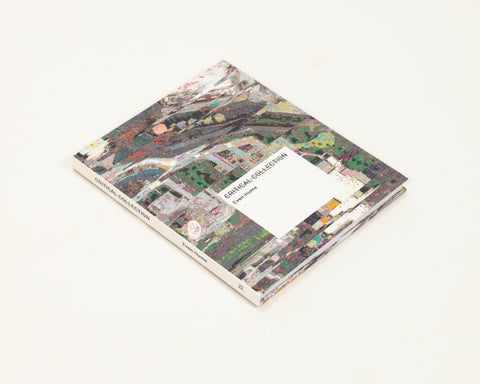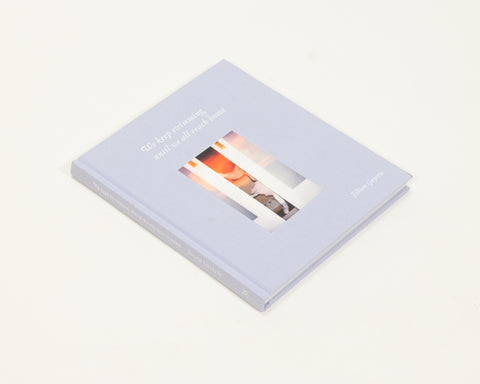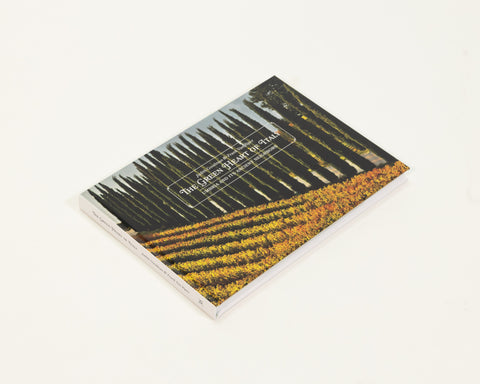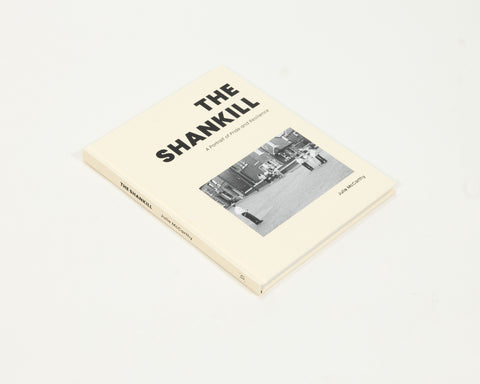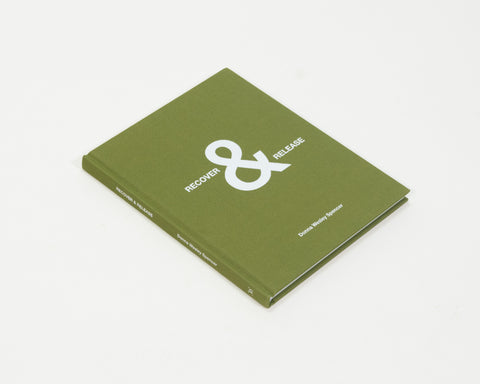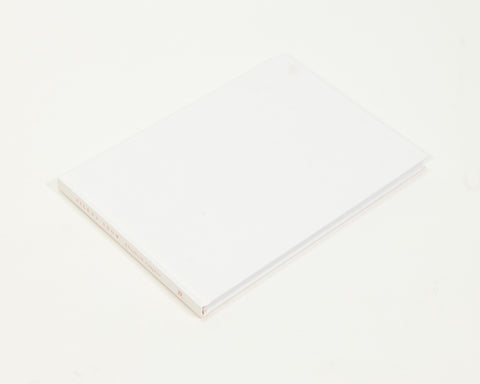Bernard Faucon delivered an unforgettable lecture November 15, 2010 at the University of North Carolina at Chapel Hill. His lecture was introduced by Diego Cortez who curated Faucon's current exhibition, "The Most Beautiful Day of My Youth," at the New Orleans Museum of Art (November 14, 2010 - March 13, 2011). Faucon also has another major solo exhibition at the Kobe Fashion Museum in Japan (October 21, 2010 - January 1, 2011) in which, for the first time, Faucon's mannequins are exhibited alongside the photographs of them. Two of the photographs of staged mannequins are actually reconstructed utilizing the same mannequins that are in the photographs.
Art critic Amy White writes in the press release, "Faucon was born in Provence in 1950 and pursued his education in philosophy and theology. After completing his master’s degree, he became one of the first contemporary artists to explore the universe of staged photography. His photographic work, which he began in 1976 and deliberately stopped in 1995, consists of seven large series of “true fictions.” In 1989, Faucon was chosen as the main recipient of Grand Prix National, France. His artwork has been exhibited internationally and he has written several books that have been published in French, English, Japanese and Korean.
In 1995, visionary French photographer Bernard Faucon stopped taking pictures. “One way or another,” the artist declared, “I had to eventually make true my claim to finish, my obsession with closing. This became The End Of The Image.” In a move that echoes Marcel Duchamp’s public exit from the world of art to play chess, Faucon has not presented any new work since his 1995 coup d’art.
In 1984, Jean Paul Michel described Faucon’s work as having: "...the striking effect of a presence by the most careful staging of an absence." In this phrase, Michel seems to have forecasted Faucon’s aesthetic vanishing act. And yet, if you look back at Faucon’s images, empty rooms aglow with unearthly light, natural landscapes as sites of the supernatural, saintly figures of desire, loss and supplication – it seems clear that this was Faucon’s project all along."
Bernard Faucon's dizzying lecture, delivered in French with English translation, was a powerpoint display of thousands of his magical photographs accompanied by his very French, very brilliant, very poetic, very philosophical voice. He showed us everything - all seven series of work, starting with his very first one - a surreal combination of photographs of his younger brother and images of his first paintings and box constructions that bring to mind Joseph Cornell and Ben Vautier. He spoke of his childhood home in Provence, in the small town of Apt, of the special Provencal light, of the enormous influence of his grandmother (while showing us a striking portrait of her standing in a wild field of tall pinkish-red stalks). He said that he wanted to "transmit an exceptional world, the sounds of children. I opened my apparatus to the world. Childhood is made of flesh and plaster." One can almost taste the plaster and pretend flesh when looking at his surreal photograph of a doll stuck, lengthwise, in a loaf of french bread.
Faucon then showed his series of photographs of mannequins that he worked on for four years. He spoke about "true fictions," that "photography is alive when there is an equilibrium between the real and the fiction that we bring into the real." His mannequins get up from a dinner table in a field with a fire burning in the distance. They are blindfolded and circle around a live girl in a white nightgown on top of a hill. They swim and drown, stand in a line and hold hands. He then moved into his Probable Evolution of Time series (1981-84), a gorgeous series of photographs of hovering fire balls in the sky, white balloons above the grass, pinwheels - their stems planted in the dry matted grasses - spinning against the blue sky. The next series is The Rooms of Love, a series of breathtaking rooms of reflected light, almost invisible curtains, shadows. One wooden room is filled with a bare tree covered with string and paper, a yellow curtain blowing into the space. Another ochre room with a checkerboard floor contains a bare bed. A pile of berries and leaves rest in a perfect fairy circle on the floor of an intensely golden room. Ghosts and spirits are afloat. He spoke of what he could "take out of photography, the power of photography, the alchemy of burning and emptiness, that gold is before whiteness."
Then he spoke of the series Idols and Sacrifices and his "magic confidence in the image". He said that in terms "of the question of living, we try to photograph the gods; there isa powerlessness to photography when next to the living." This series is comprised of photographs of live boys bathed in golden light and landscapes of red waterways through rocky and dry land. Next came his series Writings or Scriptures, color photographs of landscapes into which he has inserted large wooden letters covered in reflective scothlite fabric that form words, texts, truisms, his personal truths. The audience gasped when he described his process. The texts appear to be illuminated within nature, as if they were strings of flourescent tubes, cursive light - text as image, saying while showing.
The End of the Image, (but not quite) is a series of very small (4 x 5 inches) color photographs of text that Faucon has beautifully applied to boys' skin with white China ink. He showed over twenty of these very large on the projection screen. Unlike the fetishistic quality of the original, these glowed like billboards of desire, anthems of love, emblems of nostalgia. One such text on peach yellow skin reads, "I have been loved." He spoke about his obsession with clothing, with the skin and bodies of our lost childhoods and how this is the source of all nostalgia.
Faucon finally came to his "last" project, The Most Beautiful Day of My Youth, 1997-2003, that he describes as the "opposite of my previous work." However, curator Diego Cortez interjected during the lecture that, "this project is conceptually very much like Faucon's previous projects in that it is of the imagination of the child looking out and not about the us looking at the child." Faucon organized one-day celebrations in 25 countries to which he invited one hundred young people. They were each given a disposable camera and asked to bring an object to this event and to make images of their experiences. Collaborative, interactive, generous, these images from all over the world sometimes resemble Faucon's own work and style, but others appear to be of an entirely different aesthetic. (Faucon edited the ones for each exhibition so there was a tendency, conscious or not, to choose Fauconesque images.) There are scenes of joy and embracing, goofy poses and prayer, smiles and light, the abundance of happiness and life in this world that we are afraid of losing. Faucon spoke of the importance of photography in constructing memory and how this project was done in the pre-digital age, meaning right before the utter explosion and overwhelming constant experience of being on-screen, on Facebook, on Twitter, with a live-feed, of seeing what is happening right now and over and over again as we click again and again, not the shutter but our mouse or keyboards. These images are "real" photographs from "real" negatives. What is captured "really happened" and is not a photoshopped imaginary world. Yet, Faucon talked about how now the "photographer is not someone who takes the photograph but who chooses it. The photographer's eye is no longer behind the camera but the photographer makes an image of something that already exists as an image."
And yet, in Faucon's photographs, all of them, we see things we have not seen before, worlds that Faucon has made, taken, constructed, seen, captured and loved. Proustian, nostalgic, glowing with desire and beauty, Faucon's photographs prove that photography can still be magical, alchemical, unique and transformative. Photography is ALIVE in Bernard Faucon.
Bernard Faucon's website: http://www.bernardfaucon.net/v2/index.php
